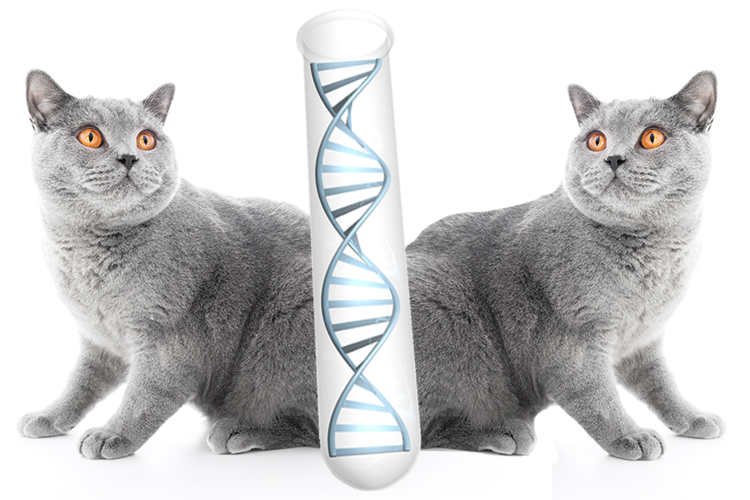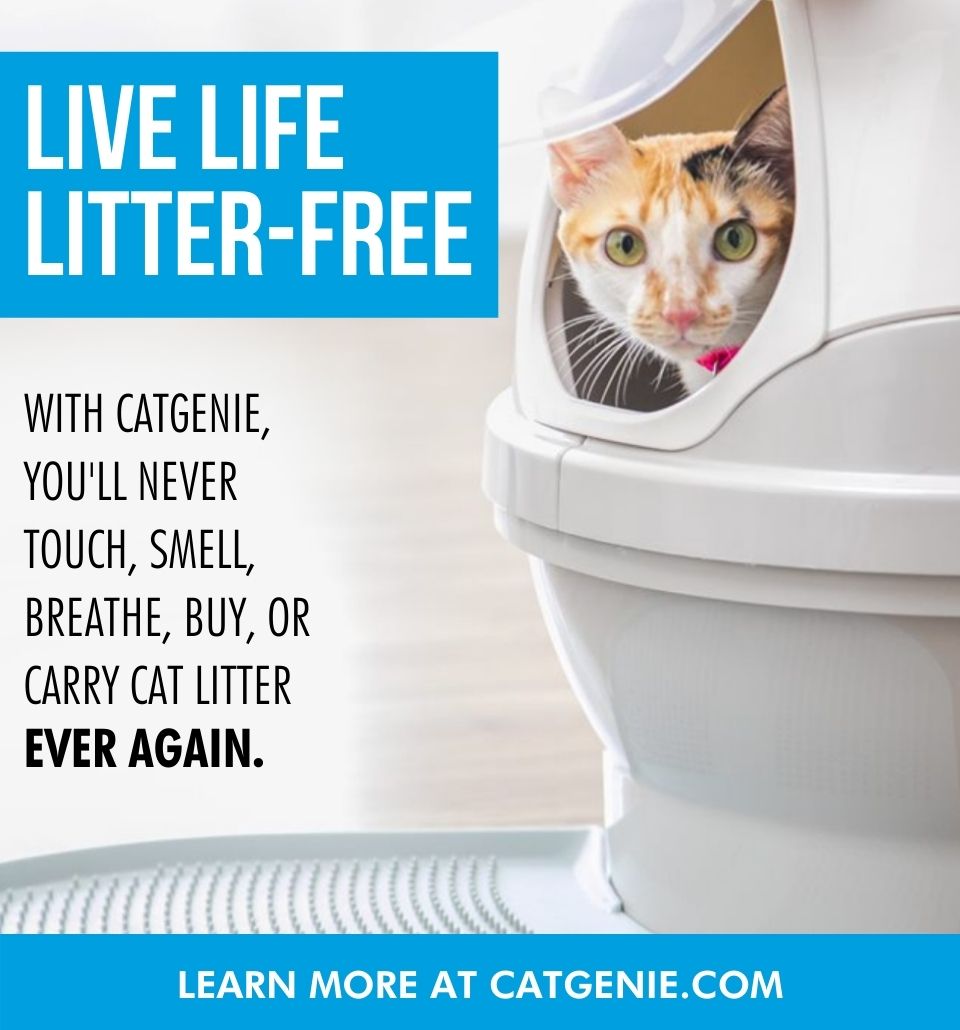When her veterinarian sat her down and said her beloved cat, Stanley, only had a few months to live, Betsy Boyd didn’t bat an eye. She was willing to save Stanley no matter what it took, and in the end the price was $19,000 for a kidney transplant.
It was more than a leap of faith for Boyd, a part-time creative writing teacher who earns about $46,000 a year. Stanley was already 17 years old, and the veterinarians were up front with Boyd — the tabby mix could return to his formerly vigorous self, but he could also succumb to complications from the surgery.
More than six months later, Boyd says she’s thrilled with the former outcome.
“He’s my muse and my best friend,” she told People. “He’s here purring. I know I did the right thing.”
The story of Boyd and Stanley is testament to how far people are willing to go to save their pets. But now there’s a next step, one that makes the kidney transplant seem almost quaint in comparison: For between $50,000 and $100,000, cat and dog owners can clone their cherished companions, receiving an exact genetic copy of the animal who brought them so much joy.
Celebrities pony up for cloned pets
After singer Barbra Streisand admitted earlier this month she’d had her dog cloned, and the two leading companies in the cloning business revealed they’ve replicated almost 1,000 dogs and cats in the short time the option has been commercially available, some believe the question is no longer “Have we gone far enough?“, but “Have we gone too far?”
First thing’s first: Cloning does not produce an exact copy of a cat or dog. It doesn’t even guarantee the animal will look exactly the same. Experts say the new animal is more like an identical twin, giving the nature versus nurture debate plenty to work with.
In a sympathetic New York Times interview in which she explains her decision to clone her Maltese-Poodle mix, Streisand acknowledges as much.
“You can clone the look of a dog,” she said, “but you can’t clone the soul.”
Cloning is an inexact science. Most successful cloning attempts don’t produce one animal, they produce a whole litter. In Streisand’s case, that litter included four dogs: The runt died, she gave two away, and she kept the one who most resembled her dear departed Sammie.
For billionaire Barry Dillon, it was a litter of three. The media mogul paid South Korea’s Sooam Biotech Research Foundation $100,000 to produce a copy of Shannon, his Jack Russell. Now the three clones occupy Shannon’s palatial, custom-created neoclassical dog house.
For strays, more clones mean fewer homes
Amid all that extravagance, stray cats and dogs in the U.S. number in the tens of millions. More than eight million enter the shelter/rescue system each year, and more than three million are “put to sleep” because no one can find homes for them.
It’s mostly on those grounds that groups like the ASPCA, PETA and the Humane Society have opposed cloning, while entirely new groups have popped up with the specific purpose of opposing cloning.
But it isn’t just veterinary ethics or the millions of homeless animals that have people concerned – some animal welfare groups say the pet cloning business appeals to prospective customers the way self-proclaimed psychics do, by offering what appears to be a solution when people are at their most emotional.
The companies are “preying on grieving pet owners, giving them a false promise that they are going to replicate their beloved pet,” the Humane Society’s Vicki Katrinak told Agence France Press in a story pointing out that pet cloning is no longer a service reserved for the wealthy.
Then there are the hidden things, the things no one likes to talk about.
“Cloning involves a lot of ‘mistakes’ and false starts and failures,” along with “the destruction of numerous embryos, miscarriages, and fetal abnormalities,” Psychology Today’s Jessica Pierce writes.
That conjures up some disturbing images, like Alien Resurrection’s hideous Ripley clones bubbling in test tubes or laying dying on the operating table. The pet cloning business is not regulated, and the cloning companies aren’t required to disclose how many failures occur for each success.
“It’s unclear at this point how many of the cloned offspring actually survive to term,” said James A. Serpell, an animal ethicist at the University of Pennsylvania’s veterinary school. “It depends how far through gestation these embryos get and how sentient they are when they die. Do some of the puppies die very young? Are we intentionally inflicting suffering on the ones that don’t make it?”
Happiness with a cat or a copy?
The cloning industry has pushed back.
“We are having healthy, happy puppies and kittens born each week, as word gets out that we are offering this service,” said Lauren Aston, marketing coordinator for Texas-based animal cloning firm ViaGen.
Even if the health issues are settled, the cloning industry becomes regulated and ethicists can find a middle ground, almost 10,000 cats and dogs will be put down in the time between Dillon’s dogs wake up in their Beaux arts palace and rest their heads on their Egyptian cotton pillows later the same night.
And that, ultimately, is why animal welfare groups are sounding the alarm on cloning 22 years after Dolly the sheep was brought into the world.
“Our companion animal friends are irreplaceable,” according to the Humane Society. “We can best honor them by helping local shelter animals find loving, safe homes.”






